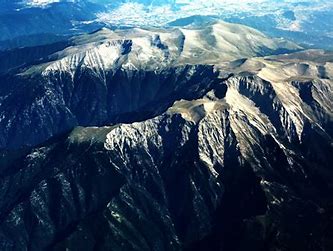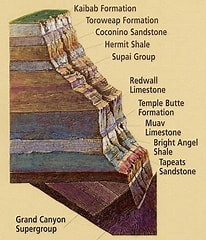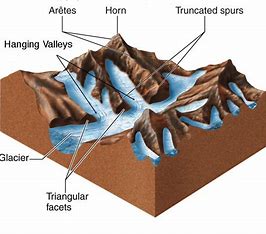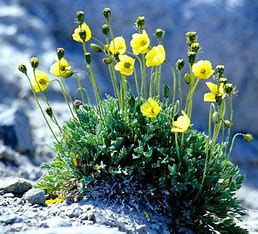Unveiling the Geological Marvels of Mount Olympus: A Journey Through Time
Nestled in the heart of Greece, Mount Olympus stands as a symbol of ancient myth and geological wonder. Rising majestically to a height of 2,917 meters (9,570 feet), this legendary mountain holds a rich tapestry of geological history waiting to be uncovered. Join me on a journey as we delve into the geological marvels of the Olympus Massif.


The Birth of a Titan
Mount Olympus, often referred to as the dwelling place of the Olympian gods in Greek mythology, has a geological history that spans millions of years. It owes its existence to the collision of tectonic plates, specifically the African and Eurasian plates, which began around 200 million years ago during the Mesozoic era. This collision led to the formation of the Alpine orogeny, a process that gave rise to the majestic mountain ranges across Europe, including the Hellenides, of which Mount Olympus is a part.
Layers of Time: Rock Strata and Geological Formations
As we ascend the slopes of Mount Olympus, we encounter a diverse array of rock formations that offer glimpses into the mountain’s past. The lower slopes are predominantly composed of metamorphic rocks such as schist and gneiss, which formed as a result of intense heat and pressure deep within the Earth’s crust. These rocks provide evidence of the mountain’s tumultuous geological history, marked by episodes of subduction, compression, and uplift.
Continuing our ascent, we encounter layers of sedimentary rock, including limestone and sandstone, which bear witness to ancient marine environments that once covered the region millions of years ago. Fossilized remains of marine life, such as mollusks and corals, are embedded within these rocks, offering clues to past climates and ecosystems.


Forces of Change: Glaciers, Erosion, and Weathering
Mount Olympus, like all geological features, is shaped by the relentless forces of erosion and weathering. Glaciers, which once carved their way through the mountain’s valleys during the Pleistocene epoch, have left behind U-shaped valleys and cirques that add to the dramatic beauty of the landscape. Rivers, streams, and rainfall continue to sculpt the mountain, wearing away at its slopes and carving out deep gorges and ravines over millennia.
A Living Landscape: Volcanic Activity and Seismicity
While Mount Olympus is not a volcanic peak, the region is not immune to the effects of tectonic activity. Greece lies in a seismically active zone, and earthquakes have played a significant role in shaping the landscape over millions of years. The occasional tremors serve as reminders of the dynamic forces that continue to shape the Earth’s crust beneath our feet.


Preserving the Legacy: Conservation and Environmental Stewardship
As stewards of the Earth, it is our responsibility to protect and preserve the natural wonders of Mount Olympus for future generations. Efforts to conserve the mountain’s fragile ecosystems, including its unique flora and fauna, are essential for maintaining the ecological balance of this iconic landscape. Through sustainable tourism practices, responsible land management, and community engagement, we can ensure that Mount Olympus continues to inspire awe and wonder for centuries to come.
Conclusion: A Testament to Time
Mount Olympus stands as a testament to the immense power and beauty of geological processes that have shaped our planet over millions of years. From its ancient origins to the present day, this majestic mountain offers a window into Earth’s geological past and a glimpse of the forces that continue to shape our world. As we stand in awe of its towering peaks and sweeping vistas, let us remember the importance of preserving and protecting this natural treasure for generations to come.
The Blog was made by Brunon Nolbert, Wiktor Leśniak, Artur Grobelny and Błażej from 2LO im. Stefana Żeromskiego w Sieradzu.
